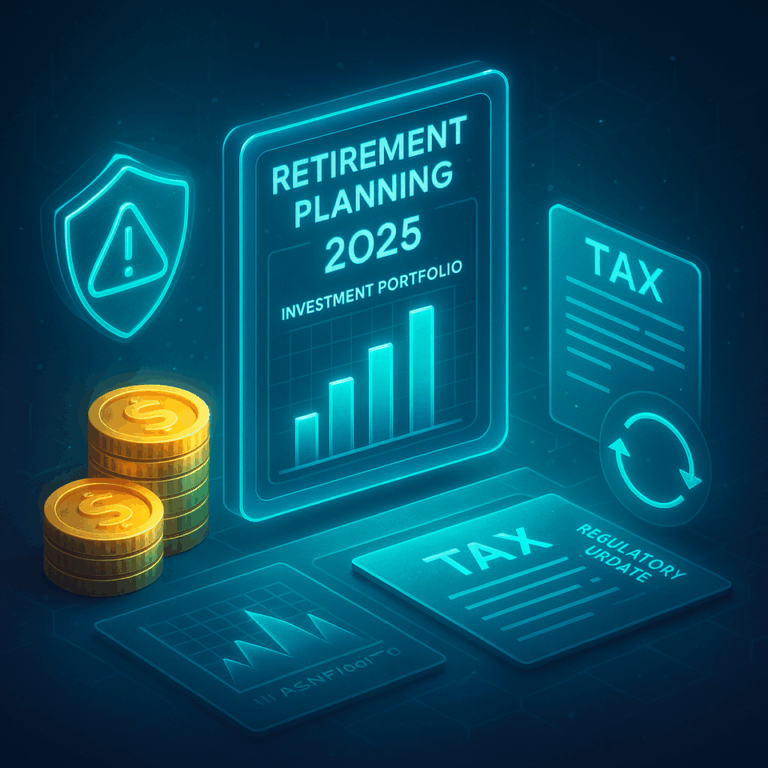Retirement planning in 2025 is no longer limited to traditional savings accounts or pension schemes. With longer life expectancy, shifting economic conditions, and the rise of digital financial tools, individuals are rethinking how to secure their financial future. Planning for retirement now requires a combination of strategic saving, diversified investments, and adaptability to changing market dynamics. As financial literacy grows, more people recognize that retirement is not just about income replacement but also about building resilience and ensuring long-term well-being.
The Changing Landscape of Retirement
Demographic shifts, such as aging populations, are putting pressure on public pension systems. Many governments are reassessing policies to address sustainability, while individuals are expected to take greater responsibility for their retirement planning. Global inflation trends and fluctuating interest rates also play a crucial role, influencing the cost of living and the real value of retirement savings. In this context, having a flexible and informed approach becomes essential for financial security.
The Role of Technology
Technology is reshaping retirement planning by making financial management more accessible. Robo-advisors, digital savings platforms, and AI-driven financial tools offer personalized guidance at lower costs. These innovations help individuals create tailored plans, track their progress, and adjust contributions according to changing goals. Furthermore, digital platforms encourage broader participation by making retirement planning available to younger generations early in their careers.
Diversification and Risk Mitigation
A critical aspect of retirement planning is diversification. Relying solely on one source of income, such as a pension fund or government benefits, exposes retirees to higher risks. By diversifying into assets like bonds, equities, real estate, and even annuities, individuals can build a more stable financial foundation. Managing risk also means preparing for uncertainties, from healthcare expenses to economic downturns, by ensuring an adequate mix of liquidity and growth-oriented assets.
Longevity and Financial Preparedness
As people live longer, the concept of retirement is expanding. Financial planning must now account for potentially decades of post-work life. This longevity requires careful calculation of income needs, healthcare costs, and lifestyle expectations. Building a plan that balances current spending with future sustainability ensures retirees can maintain independence without financial strain.
Global Perspectives
Retirement planning is influenced by regional economic conditions and cultural norms. In some countries, employer-sponsored pensions remain strong, while in others, private savings and investment accounts dominate. Understanding global best practices provides insights into effective strategies, especially as financial markets become more interconnected.
Conclusions
Retirement planning in 2025 is a dynamic process shaped by technological innovation, demographic changes, and global economic shifts. Individuals who embrace diversification, adopt digital tools, and consider longevity risks are better positioned to achieve lasting financial security. By taking a strategic, informed, and adaptive approach, retirement becomes not only feasible but also an opportunity to ensure stability and independence in later life.







